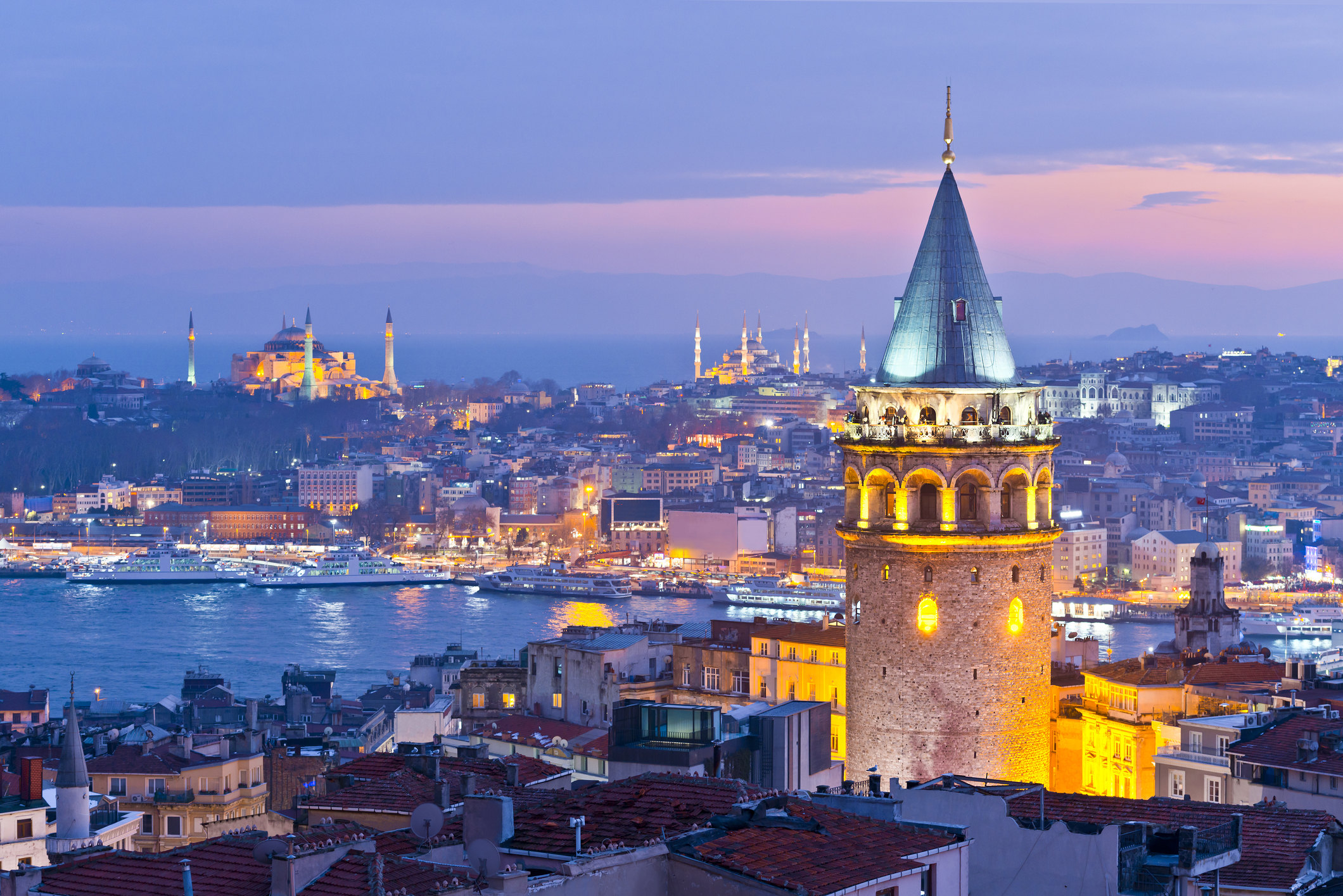Istanbul's cultural heritage is a reflection of its long history as a city that has served as a crossroads for numerous cultures. Istanbul has a long history of significant political, religious, and cultural events since it is a key gateway to both Europe and Asia. The Historic Districts of Istanbul were added to the UNESCO World Heritage List in 1985 as a result of its cultural importance.
The Archaeological Park, Süleymaniye Mosque and its associated Conservation Area, Zeyrek Mosque and its associated Conservation Area, and the City Walls of Istanbul are the four primary places that make up Istanbul's Historic Areas. The world-famous Hagia Sophia and the Suleymaniye Mosque, both of which are architectural wonders, are among the distinctive monuments and masterpieces of global architecture found in these regions.
The Hagia Sophia, or Avasofva, was built by Anthemios of Tralles and Isidoros of Milet in 532-537, during the Byzantine era. It was once a church but after the Ottoman conquest of Constantinople in 1453, it was converted to a mosque. It serves as a museum and a representation of Istanbul's cultural and historical importance today.
On the other hand, the Suleymaniye Mosque, a masterpiece of Sinan the Great Architect, is regarded as one of the most stunning and significant mosques in the entire world. The mosque, which was constructed during the Ottoman era, is evidence of the multicultural richness of the city and its lasting impact.
An additional significant cultural site is Istanbul's City Walls. The walls were an essential component of the city's fortifications and were constructed in the fifth century CE, during the reign of Emperor Theodosius II. They have been enlarged and fortified over the years, and as a result, they now rank among the best examples of military architecture anywhere in the world.
The Historic Districts of Istanbul also include a plethora of additional monuments and sites of cultural value in addition to these iconic locations. For instance, the Archaeological Park has the ruins of ancient Byzantine and Roman structures, while the Süleymaniye and Zeyrek Mosques are significant examples of Ottoman architecture.
In conclusion, Istanbul's rich cultural heritage is a reflection of its unique history as a city at the meeting point of various civilizations. People from all over the world are in wonder of the city's rich and varied architectural and artistic heritage because of its strategic location and numerous cultural influences. A trip to the Historic Districts of Istanbul is essential if you're interested in learning more about Istanbul's cultural history.




